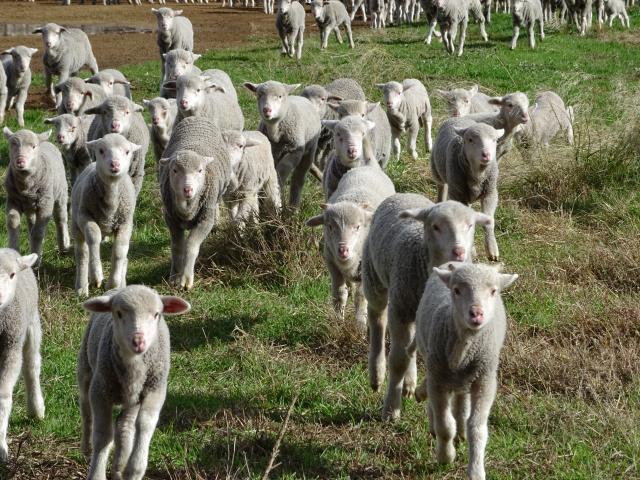Sheep Genetics forums

The Department of Primary Industries and Regional Development (DPIRD), in conjunction with Meat & Livestock Australia (MLA) hosted two regional Sheep Genetics forums in July.
Each year, MLA’s Sheep Genetics Team offers a Regional Forum in each state, and Western Australia’s forum was held in Perth on 11 July.
To fully benefit from the Sheep Genetics Team’s presence in WA and support commercial and sheep stud breeders, DPIRD’s Livestock Research and Industry Innovation unit took the opportunity to host additional forums in Katanning and Moora.
The forums, which attracted almost 100 producers, allowed participants to hear the latest updates in the analysis of Australian Sheep Breeding Values (ASBVs), how to get the most out of their breeding program, and speak directly with Sheep Genetics staff.
Sessions covered the principles of genetic selection in sheep, the use of genetic tools to improve on-farm profit, genetics of the Australian sheep flock, the evolving world of genetics, applying the latest developments on farm, arming your genetics tool kit, and developing a genetic action plan.
Genetic selection enables both wool and sheep producers to make positive and permanent genetic gains in their flock. Australian Sheep Breeding Values (ASBV) are the most effective tool to help producers improve genetic gain within their flocks and across the sheep industry. ASBVs aim to predict the differences in the performance of progeny for each trait, to better understand the genetic merit of the animal.
The ASBVs produced by Sheep Genetics are calculated from a combination of pedigree information, individual performance information, progeny performance information and, in some breeds, from genomic information.
The differences in progeny enable us to select the top performers and keep them in our flocks for future breeding goals and improvements. The indexes calculated within the LAMBPLAN and MERINOSELECT databases make selection decisions easier by balancing and weighting ASBVs into a single figure for different production systems for a particular breed.
Sheep Genetics are constantly improving the LAMBPLAN and MERINOSELECT database analyses to increase the accuracy of the genetic evaluation and usefulness of tools available to producers. A summary of these changes can be found on the Sheep Genetics website.
DPIRD is committed to supporting the adoption and use of ASBVs and encourages producers to keep up-to-date with these, to understand why the breeding values and index rankings of some animals may have changed.
For more information, visit DPIRD’s Genetic selection and using ASBVs webpage or contact Rebecca Butcher, livestock development officer, Moora on +61 (0)8 9651 0540.
